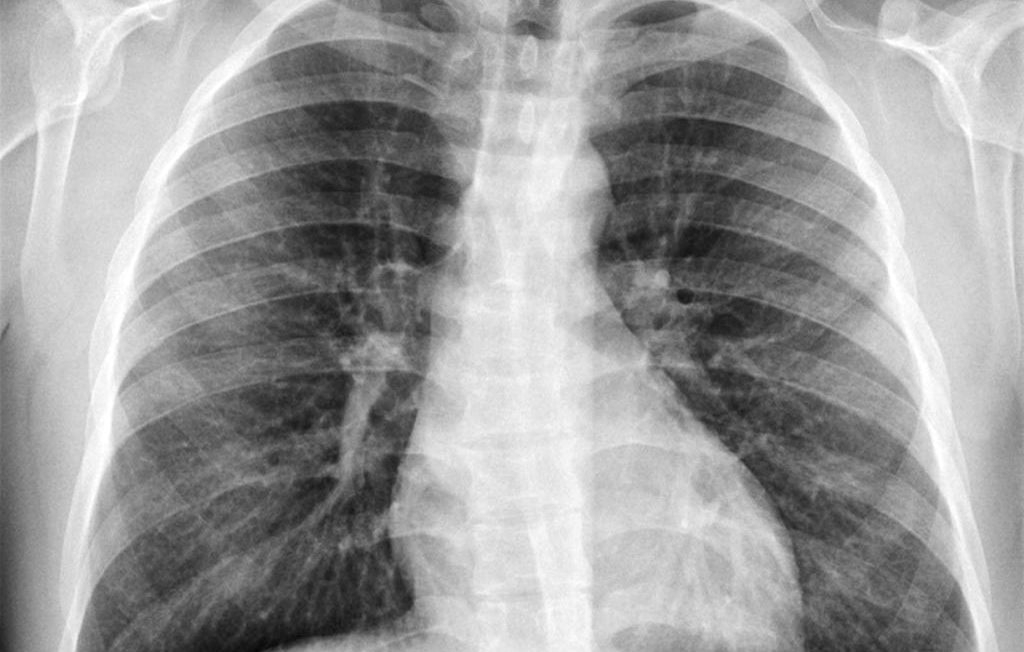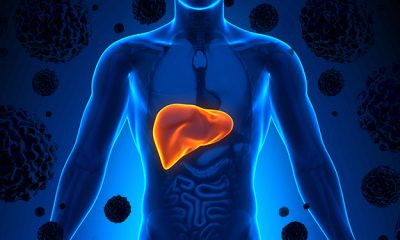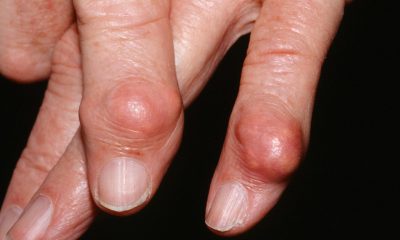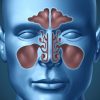4.4 Million People Have Sickle Cell Disease Worldwide: Get To Know The Symptoms
First diagnosed in 1910, sickle cell disease is an anemic blood disorder found predominantly in people of African descent. SCD is an inherited blood disorder which kills off red blood cells while also causing mutations in oxygen-carrying proteins known as hemoglobin S. For a person to develop SCD, they must first receive the mutation from not one but both parents. Symptoms begin to occur at around five to six months of age with severity ranging from extremely mild to brutally acute.
Modern medicine has made big advances in the treatment of sickle cell disease, extending the average lifetime and improving the overall quality of life as well. Knowing what to look for can help with faster diagnosis, leading to more effective treatment. Here’s what you need to know.
Dactylitis and Septic Arthritis
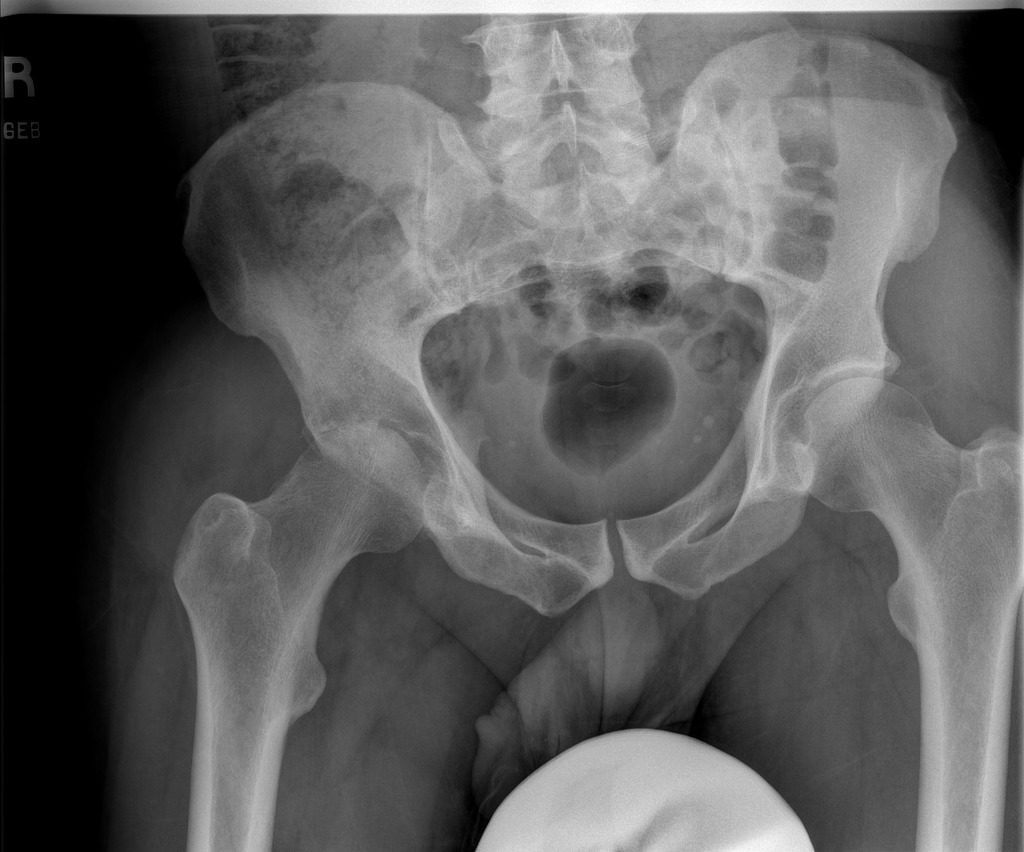
This is often the first sign a child either has sickle cell anemia or, at the very least, is a carrier. A condition known as dactylitis, which in Greek means, “sausage finger” causes swelling to occur in either the hands or feet of the patient. Commonly, this symptom appears in children between the ages of six and nine months and can affect a single finger or a whole foot, is often very painful with episodes lasting for up to a month.
Both in children and adults, SCD can cause infection in the joints, leading to a condition called septic arthritis. These infections are typically found in the knees but also the hips or shoulders and can quickly damage or destroy the cartilage in the joint. Treatment involves both draining the infected joint with a needle or surgery and the use of antibiotics.


